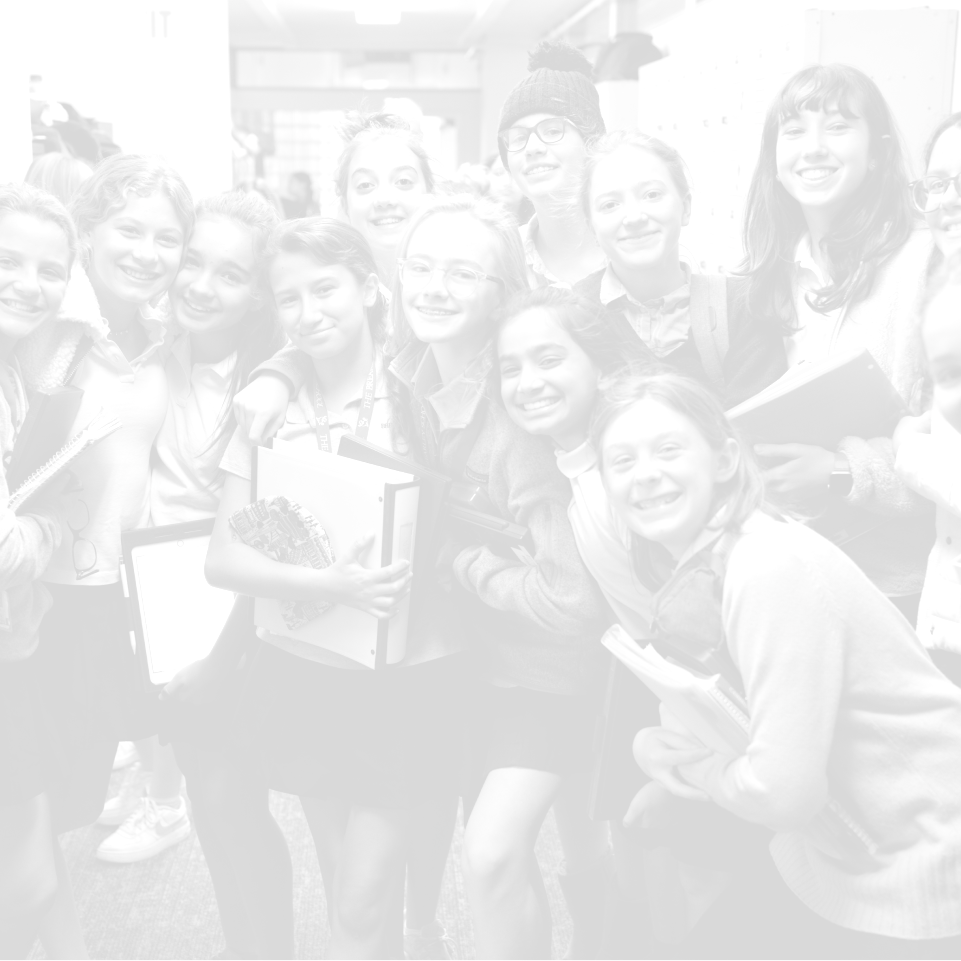Class XII English Course Descriptions
CONTEXTUALIZING THE CANON: Firmly entrenched in the British literary canon, Charlotte Brontë’s Jane Eyre is heralded as a feminist novel that subverts Victorian gender stereotypes, class structures, aesthetic expectations, social stratifications, economic categorization, sexual expression, educational norms, and professional practices. Yet, to solely read this text through a feminist lens is to ignore the othering of the “dark” and “swarthy” characters relegated to the margins and to madness—opaque characters serving as villains and voiceless victims. In the post-colonial novel Wide Sargasso Sea, Jean Rhys writes of a central character from Jane Eyre in her Caribbean home. Rhys sheds light on that which, concurrently to the action in Jane Eyre, transpires overseas in British colonized countries—events that reveal the disruptions in Jane Eyre are not as clean cut as they seem. But, in Wide Sargasso Sea, enslaved African women are then disturbingly othered, stereotyped, and thrust into the periphery. Should readers be content to view these characters with no depth, with no clarity? No. Enter Mary. We must go to the source, of course. And will thus delve into the narrative memoir The History of Mary Prince, an enslaved Caribbean woman whose text evinces the crucial need to contextualize the canon when we read.
MAGIC REALISM: Magic realism is a genre of fiction in which fantastical elements are blended seamlessly with more traditional realistic narrative. Typically associated with Latin America, it emerged as an attempt to delineate a world rocked by, in the words of literary critic David Lodge, “historical convulsions”—colonialism, political upheaval, systemic violence—that “cannot be adequately represented in a discourse of undisturbed realism.” A house is haunted; a group of protestors drifts into the sky; a trail of blood flows down the street, turns at a few intersections, and arrives to alert a mother that her son is dead. In this course, we will study the archetypal epic of magic realism, Gabriel García Márquez’s One Hundred Years of Solitude, and the influence of magic realism beyond Latin America in Toni Morrison’s Song of Solomon and the short stories of Haruki Murakami.
THE GLOBAL GOTHIC: Gothic literature evokes a litany of infamous examples: that sound of “‘rapping at my chamber door,’” an heiress trapped within a ghastly abandoned castle, a cadaverous horror borne from a doctor’s sullied soul—the list abounds. This course considers what happens when we place historically “canonical” Gothic works in dialogue with a larger, more contemporary global genre of Gothic writing. We will read recent novels and short stories that chillingly reinvent literary tropes and narrative structures of eighteenth and nineteenth-century Gothic Romanticism and mystery writing, redefining “grotesquery” in connection to societal oppression, cultural taboo, and psychological disturbance across shifting geographies. These works twist all that is (or has been) Gothic. However, these latest iterations may unsettle us anew. They contain echoes of governesses and ghost stories, sinister family secrets and labyrinthine estates, declining empires and moldering crypts, and phantasmagoric doubles and aberrant creatures. Only now, within the globalized context of settings such as Japan, Iraq, Argentina, and the American South, we will encounter unspeakable secrets buried in an apartment garden, a clandestine experiment that animates a gruesome revenge mission, a cemetery of dead books that reveals more sinister interments, and a family of necromancers on the run from corrupt acolytes. Texts will include works such as Mariana Enríquez’s Our Share of Night, Yoko Ogawa’s Revenge: Eleven Dark Tales, Carlos Fuentes’ Aura, Ahmed Saadawi’s Frankenstein in Baghdad, Octavia Butler’s Wild Seed, and Carlos Ruiz Zafón’s The Shadow of the Wind.
VIRGINIA WOOLF AND JAMES BALDWIN: Virginia Woolf and James Baldwin manifest an abiding interest in the possibilities (and limits) of human connection and in the fundamentally creative nature of human consciousness. The course begins with Woolf ’s “Modern Fiction” and Baldwin’s “Everybody’s Protest Novel”, compelling essays that establish the philosophical foundations for their narrative practice. Works of fiction include Woolf ’s To the Lighthouse and The Waves; Baldwin’s Giovanni’s Room and “The Outing.” These writers’ methods for representing both individual and collective experience are each one’s way of grappling with (and artfully manipulating) narrative implications about the human mind at work.
EXPERIMENTS IN CONTEMPORARY NARRATIVE: Imagine you wanted to compose a book in a wholly new way to tell a wholly new kind of story. In this course, we will read three contemporary narratives—a memoir and two novels—that push the limits of what narrative and the book form can do. We will start with Anne Carson’s Nox, a boxed narrative-poem composed on accordion folded pages, filled with references to a Latin poem by Catullus (no need to have a background in Latin), elegiac verse, photographs, drawings, dictionary definitions, and prose, all meant to tell the story of the speaker’s loss of her brother due to tragic events before, during, and after the Vietnam War. We will then move on to G. W. Sebold’s Austerlitz, which, in addition to photographs, includes maps, architectural drawings, art, and lists to recount the story of a man keenly attuned to the world and structures around him—train stations, monuments, museums, classrooms—yet struggling to remember his past as a child during World War II. We will end the course with Anna Burns’s Milkman, a deeply compelling novel (set in an unnamed city, during an uncertain time period, but one resembling the Troubles in Northern Ireland), whose speaker, middle sister, abandons traditional sentence structure, and proper names to recount, often with wit, how her life is endangered and politicized by the mysterious attentions of a militant called the milkman. All of these works take risks in form to tell stories about individuals exploring what is new, even when what is new is the past.





